Home>Articles>How To Unclog Kitchen Sink With Garbage Disposal
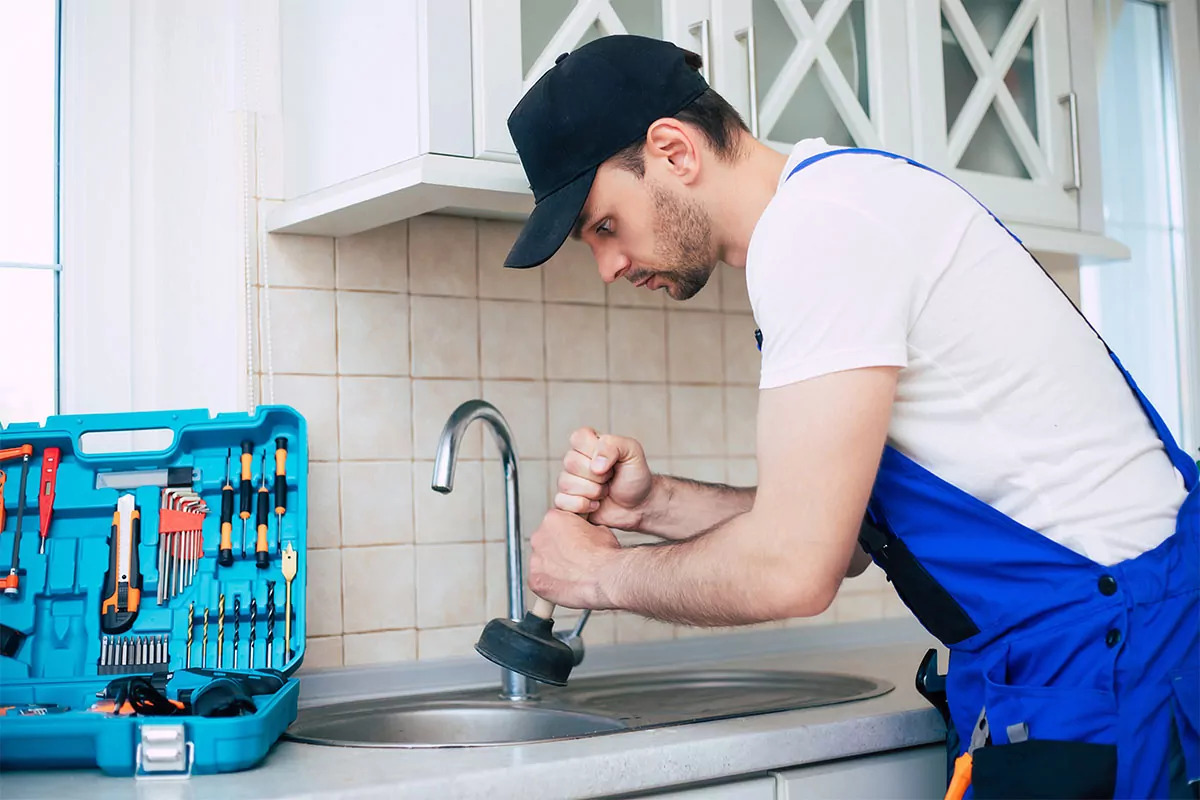

Articles
How To Unclog Kitchen Sink With Garbage Disposal
Modified: October 20, 2024
Learn how to easily unclog your kitchen sink with a garbage disposal using these helpful articles. Say goodbye to frustrating backups with our step-by-step guides.
(Many of the links in this article redirect to a specific reviewed product. Your purchase of these products through affiliate links helps to generate commission for Storables.com, at no extra cost. Learn more)
Introduction
A clogged kitchen sink can be a frustrating and inconvenient problem to deal with. Especially when you have a garbage disposal, the situation can become even more complicated. However, with the right knowledge and tools, you can easily unclog your kitchen sink and get it back to its normal functioning.
Understanding the problem is the first step towards solving it. Being able to recognize the signs of a clogged kitchen sink can help you take timely action. These signs include slow draining, water pooling in the sink, and gurgling noises coming from the drain. If you experience any of these issues, it’s likely that your kitchen sink is clogged.
There are several reasons why a kitchen sink with a garbage disposal can become clogged. Food particles, grease, and other debris can accumulate in the drain and cause a blockage. Additionally, improper use of the garbage disposal, such as disposing of large amounts of food waste at once or pouring grease down the drain, can also contribute to clogs. Understanding these causes can help you prevent future clogs and maintain the proper functioning of your kitchen sink.
In order to unclog your kitchen sink with a garbage disposal, you will need a few tools and materials. These include a plunger, pipe wrench, bucket, baking soda, vinegar, and boiling water. These items will help you effectively tackle the clog and restore proper drainage.
In the following sections, we will provide you with a step-by-step guide to unclogging your kitchen sink with a garbage disposal. By following these instructions carefully, you can easily resolve the issue and save yourself the hassle of calling a professional plumber.
Key Takeaways:
- Don’t let a clogged kitchen sink with a garbage disposal ruin your day. With the right tools and know-how, you can easily tackle the issue and restore proper drainage, saving time and hassle.
- By practicing preventive maintenance and responsible use, you can minimize the chances of future clogs in your kitchen sink with a garbage disposal. Enjoy a smoothly running sink and garbage disposal for years to come.
Understanding the problem
A clogged kitchen sink can disrupt your daily routine and cause inconvenience in your household. To effectively unclog it, it is essential to understand the signs of a clogged kitchen sink and the causes specific to sinks with garbage disposals.
The signs of a clogged kitchen sink are fairly easy to spot. One common sign is slow draining. If you notice that the water takes longer than usual to empty from your sink, it’s likely that there is a clog somewhere in the drainage system. Another sign is water pooling in the sink. When water accumulates in the sink rather than draining away, it indicates a blockage. Additionally, if you hear gurgling noises coming from the drain when you run water, it can be a sign of a clog.
When it comes to a kitchen sink with a garbage disposal, there are specific causes of clogs that are important to be aware of. One common cause is food particles. If large food particles or grease are disposed of down the drain, they can accumulate in the drain pipe and cause a blockage over time. Another cause is improper use of the garbage disposal. Pouring excessive amounts of food waste or pouring grease down the disposal can overload the system and lead to clogs.
It’s important to note that while a garbage disposal can help break down food waste, it doesn’t eliminate the need for proper waste disposal practices. It’s best to dispose of large food scraps in the trash and avoid pouring greasy substances down the drain. By being mindful of what goes down the disposal and practicing good maintenance habits, you can minimize the chances of experiencing a clogged kitchen sink with a garbage disposal.
Understanding these signs and causes will help you identify when your kitchen sink is clogged and determine the appropriate course of action to resolve the issue. In the next section, we will discuss the tools and materials you will need to unclog your kitchen sink with a garbage disposal.
Tools and materials needed
When it comes to unclogging a kitchen sink with a garbage disposal, having the right tools and materials on hand is crucial. Here are the essential items you will need:
- Plunger: A plunger is a versatile tool that can help create suction and clear minor clogs in the drain. Make sure to use a sink plunger, which has a flat bottom and a larger cup size to cover the entire drain opening.
- Pipe wrench: A pipe wrench is used to loosen and tighten pipe fittings. It will come in handy if you need to disconnect parts of the plumbing system to access the clog or remove the garbage disposal.
- Bucket: It’s always a good idea to keep a bucket nearby when dealing with plumbing issues. This will catch any water or debris that may come out of the sink during the unclogging process.
- Baking soda: Baking soda is a natural cleaning agent that can help break down grease and other organic matter in the drain. It’s an effective and eco-friendly alternative to harsh chemicals.
- Vinegar: Vinegar is another natural cleaning agent that can be used in combination with baking soda to create a foaming reaction. This reaction helps to dislodge and break down stubborn clogs.
- Boiling water: Boiling water can be poured down the drain to help clear minor clogs and flush out any remaining debris. It’s an easy and inexpensive way to maintain the cleanliness of your kitchen sink.
Having these tools and materials readily available will make the unclogging process much smoother and more efficient. Now that you have the necessary equipment, let’s move on to the step-by-step guide on how to unclog a kitchen sink with a garbage disposal.
Pour a mixture of 1/2 cup of baking soda and 1/2 cup of vinegar down the drain, followed by hot water. Run the garbage disposal to help break up any clogs.
Step-by-step guide to unclogging a kitchen sink with garbage disposal
If you have a clogged kitchen sink with a garbage disposal, don’t panic. By following these simple steps, you’ll be able to unclog your sink and get it back to its normal functioning. Let’s get started:
- Step 1: Prepare your workspace
Before you begin, make sure to clear out any items from under the sink and prepare your workspace. Place a bucket underneath the sink to catch any water or debris that may come out during the unclogging process. It’s also a good idea to wear gloves to protect your hands. - Step 2: Remove any visible blockages
Start by checking the sink drain and removing any visible blockages. Use a pair of tongs or gloved hands to remove any food scraps or debris that may be causing the clog. Dispose of the waste in a trash bag. - Step 3: Use a plunger
If the clog persists, it’s time to use a plunger. Place the plunger over the drain, making sure it covers the entire opening. Fill the sink with enough water to cover the cup of the plunger. Then, vigorously plunge up and down for about 15-20 seconds. Repeat this process a few times to generate enough pressure to dislodge the clog. - Step 4: Check the garbage disposal
After plunging, check if the garbage disposal is working properly. Run water and turn on the disposal to see if it drains properly. If it’s still not draining, the clog may be in the disposal itself. In that case, proceed to the next step. - Step 5: Use a pipe wrench
If the clog is not cleared, you may need to disconnect the pipes underneath the sink using a pipe wrench. Place a bucket underneath the pipes to catch any water that may spill out. Loosen the slip nuts with the pipe wrench and carefully detach the pipes. Check for any clogs and remove them if present. Then, reattach the pipes and tighten the slip nuts securely. - Step 6: Clean the drain pipe
If the clog persists, it’s time to clean the drain pipe. Start by pouring a cup of baking soda down the drain, followed by a cup of vinegar. The mixture will create a foaming reaction that helps break down the clog. Let it sit for a few minutes, then flush the drain with hot water. This will help clear away any remaining debris. - Step 7: Run boiling water through the drain
To ensure that the clog is completely cleared, finish by pouring boiling water down the drain. The hot water will help flush out any remaining residue and ensure that the drain is clear. Be cautious when handling boiling water to avoid burns.
By following these steps, you should be able to successfully unclog your kitchen sink with a garbage disposal. However, if the clog persists or if you’re uncomfortable performing these steps on your own, it’s advisable to seek professional help.
Now that your sink is unclogged, let’s move on to some tips on preventing future clogs.
Preventing future clogs
After successfully unclogging your kitchen sink with a garbage disposal, it’s important to take preventive measures to avoid future clogs. Here are some regular maintenance tips and do’s and don’ts to keep your sink running smoothly:
- Regular maintenance tips:
- Run cold water for a few seconds before and after using the garbage disposal to help flush out any remaining debris.
- Clean your garbage disposal regularly by grinding ice cubes and citrus peels to remove build-up and eliminate odors.
- Avoid putting fibrous and starchy foods, like celery, rice, pasta, and potato peels, down the garbage disposal as they can clog the drain.
- Use a mesh drain strainer to catch food scraps and prevent them from going down the drain.
- Regularly check the garbage disposal for leaks or unusual noises, and address any issues promptly.
- Do’s and don’ts:
- Do: Dispose of large food scraps and excess grease in the trash.
- Do: Scrape plates and dishes into the trash or compost bin before rinsing them in the sink.
- Do: Use a sink strainer to catch food debris and empty it into the trash regularly.
- Don’t: Pour grease and fats down the drain as they can solidify and cause clogs.
- Don’t: Overload the garbage disposal with large amounts of food waste at once.
- Don’t: Use harsh chemical drain cleaners as they can damage the garbage disposal and pipes.
By following these tips and guidelines, you can greatly reduce the chances of experiencing future clogs in your kitchen sink with a garbage disposal. Regular maintenance and responsible use of your sink will help keep the drainage system clear and ensure its long-term functionality.
Unclogging a kitchen sink with a garbage disposal may seem like a daunting task, but with the right tools, knowledge, and a little bit of maintenance, you can easily handle it yourself. By taking preventive measures, you can enjoy a clog-free kitchen sink and a smoothly running garbage disposal for years to come.
Remember, if you encounter a stubborn clog or if you’re unsure about performing any of the steps mentioned, it’s always best to seek professional assistance to avoid causing further damage to your plumbing system.
With these tips in mind, you’re well-equipped to tackle and prevent clogged kitchen sinks with garbage disposals. Happy unclogging!
Conclusion
A clogged kitchen sink with a garbage disposal can be a hassle to deal with, but armed with the right knowledge and tools, you can easily unclog it and restore proper drainage. By understanding the signs and causes of a clogged sink, you can take timely action and prevent future clogs.
Throughout this guide, we’ve discussed the step-by-step process of unclogging a kitchen sink with a garbage disposal. From preparing your workspace to using tools like a plunger and pipe wrench, we’ve covered all the necessary steps to tackle even the most stubborn clogs. Remember to exercise caution and consult a professional if you’re unsure about any step or encounter a persistent clog.
Preventive maintenance is key to keeping your kitchen sink clog-free. Regularly cleaning the garbage disposal, using a sink strainer, and being mindful of what goes down the drain are all important habits to adopt. Additionally, following the do’s and don’ts outlined in this guide can help you maintain a well-functioning sink and prevent future clogs.
By implementing these preventive measures and practicing regular maintenance, you can minimize the chances of experiencing a clogged kitchen sink with a garbage disposal. Taking care of your sink will not only save you from the inconvenience of clogged drains but also extend the lifespan of your garbage disposal and plumbing system.
Unclogging a kitchen sink with a garbage disposal may seem like a daunting task, but with the right tools, knowledge, and a bit of determination, you can handle it on your own. Remember to prioritize your safety and seek professional help if needed.
Now that you’re equipped with the knowledge and skills to unclog and prevent clogs in your kitchen sink, you can confidently tackle any future issues that may arise. Keeping your sink clear and functioning properly will ensure a smooth and enjoyable experience in your kitchen.
So go ahead, roll up your sleeves, and unclog that kitchen sink with a garbage disposal. With the right approach, you’ll have it flowing freely again in no time!
Frequently Asked Questions about How To Unclog Kitchen Sink With Garbage Disposal
Was this page helpful?
At Storables.com, we guarantee accurate and reliable information. Our content, validated by Expert Board Contributors, is crafted following stringent Editorial Policies. We're committed to providing you with well-researched, expert-backed insights for all your informational needs.
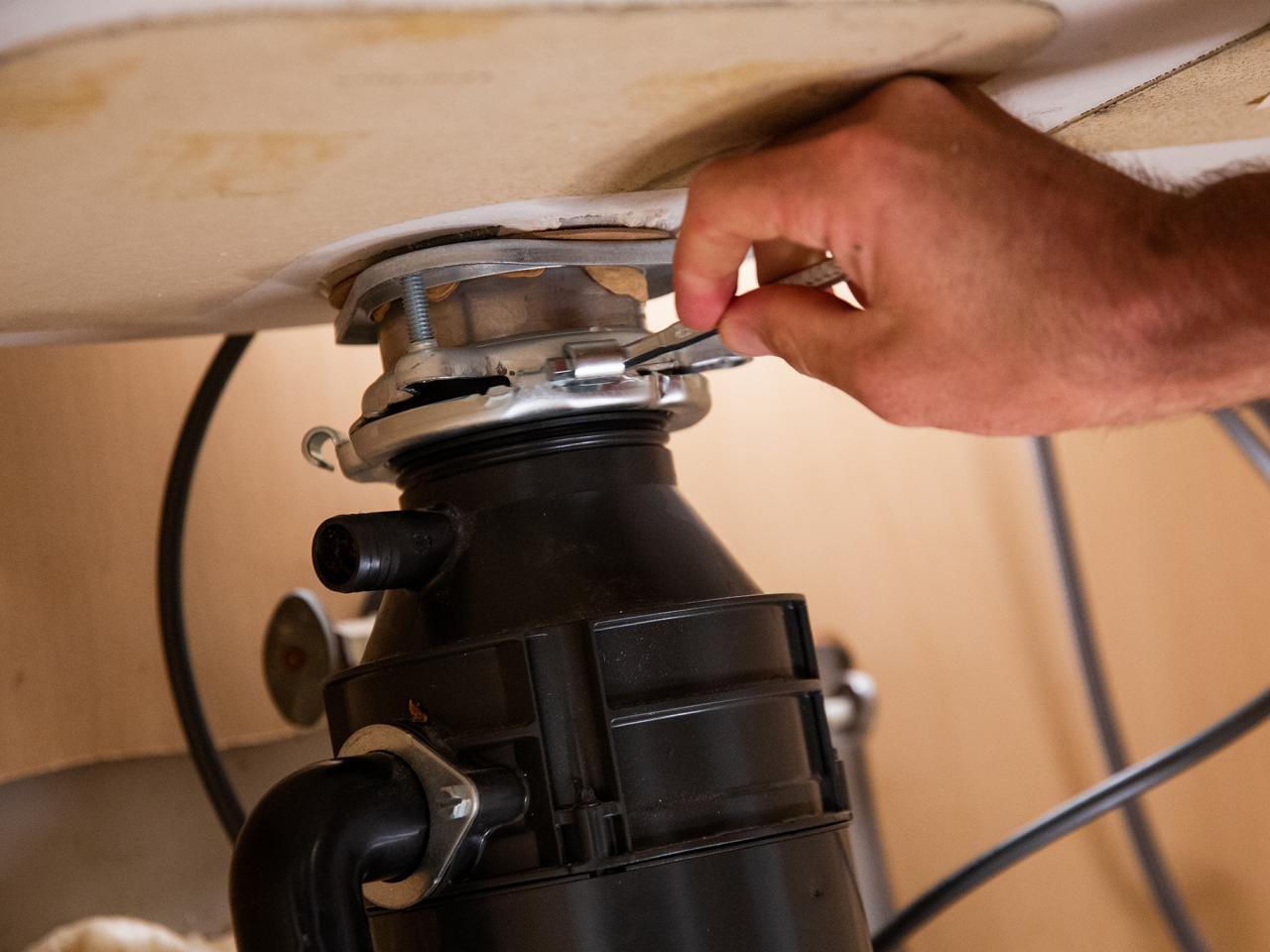
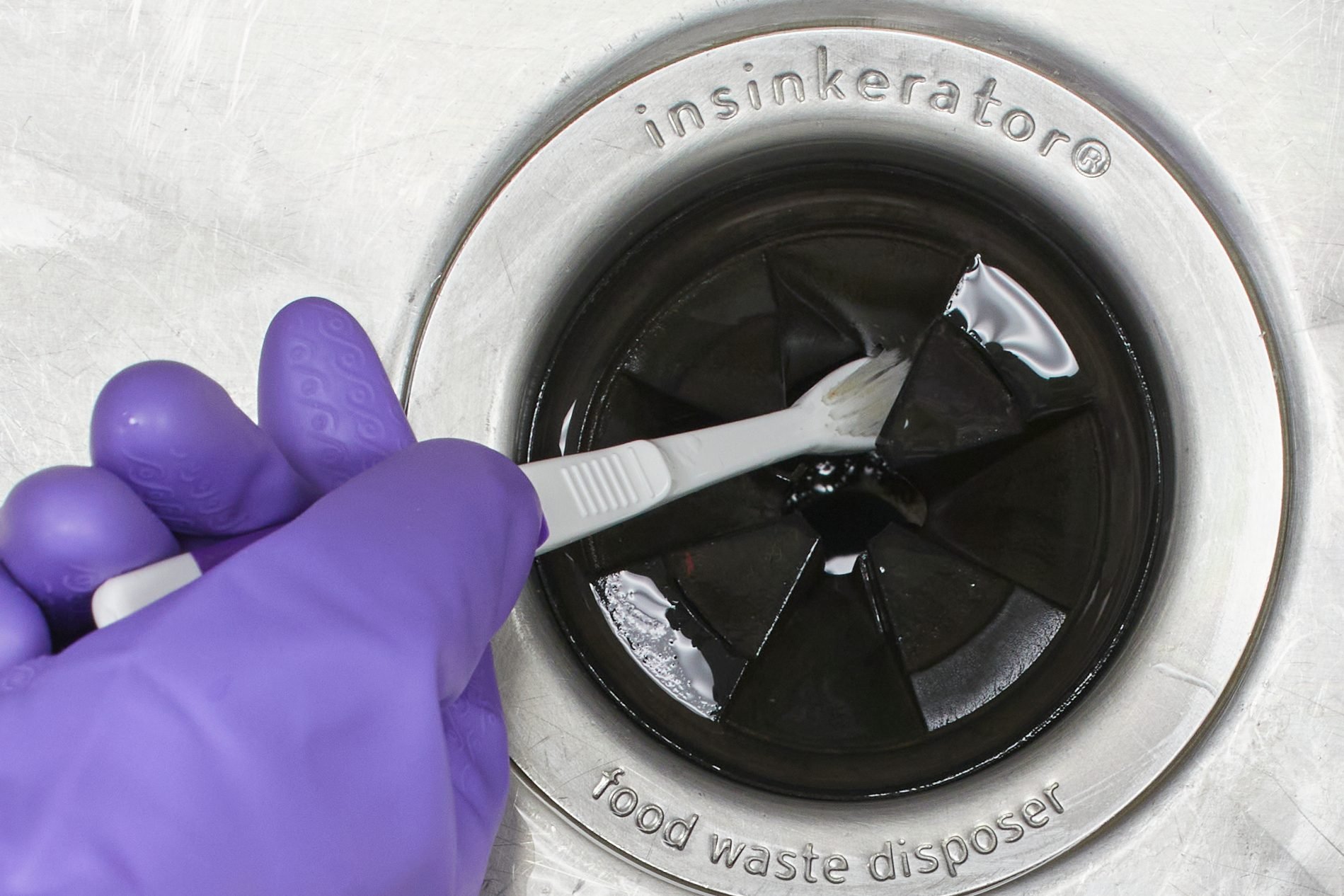
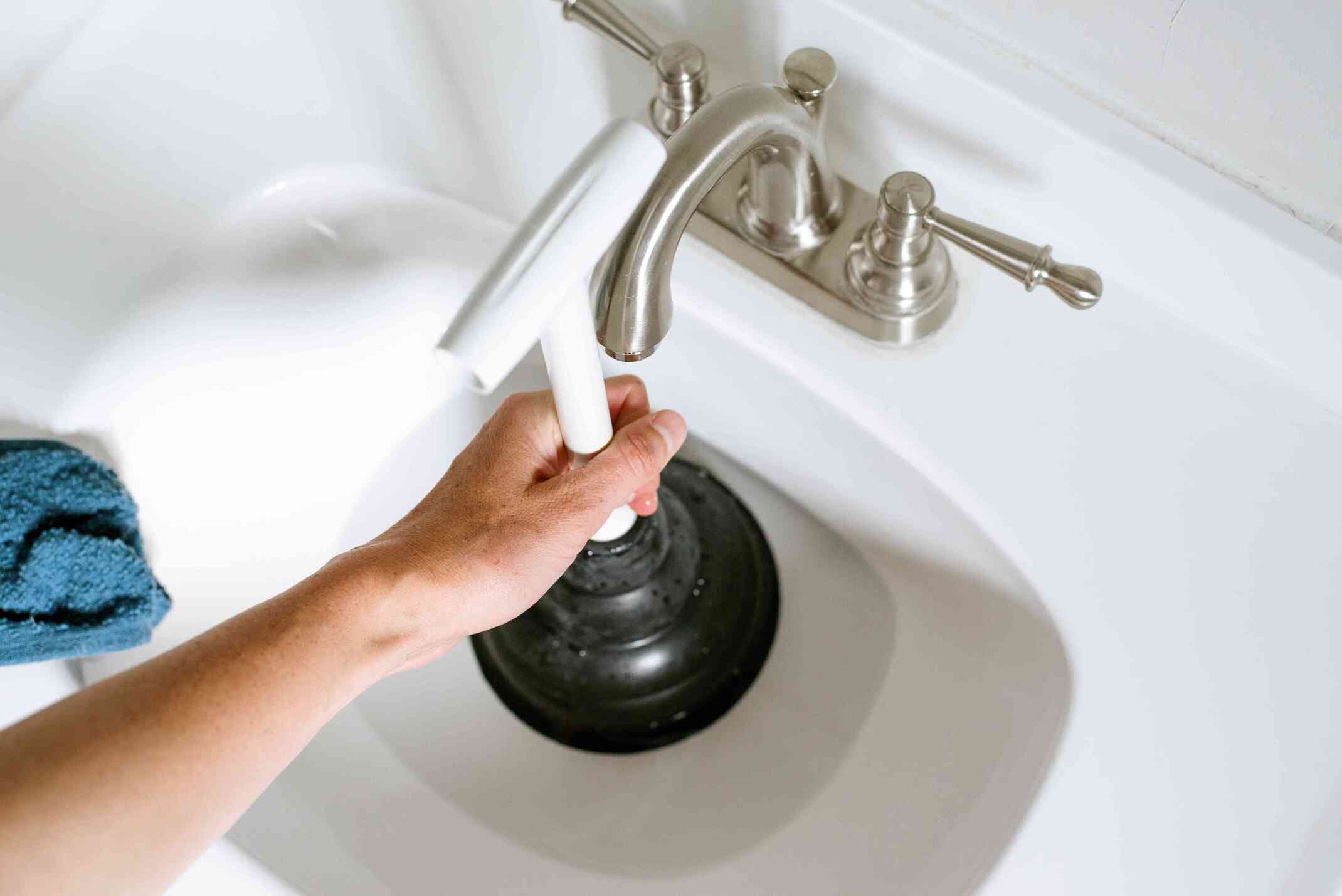
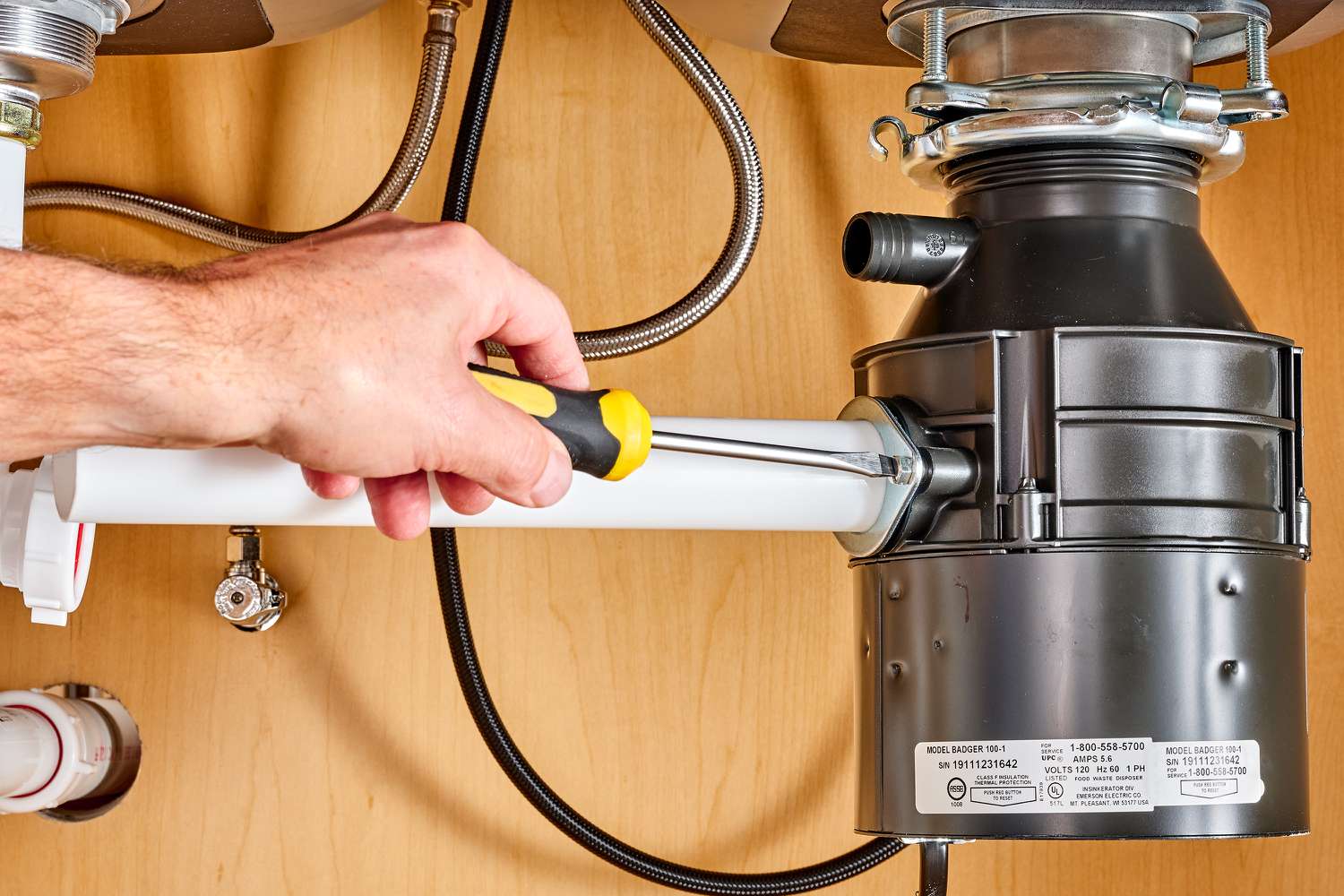
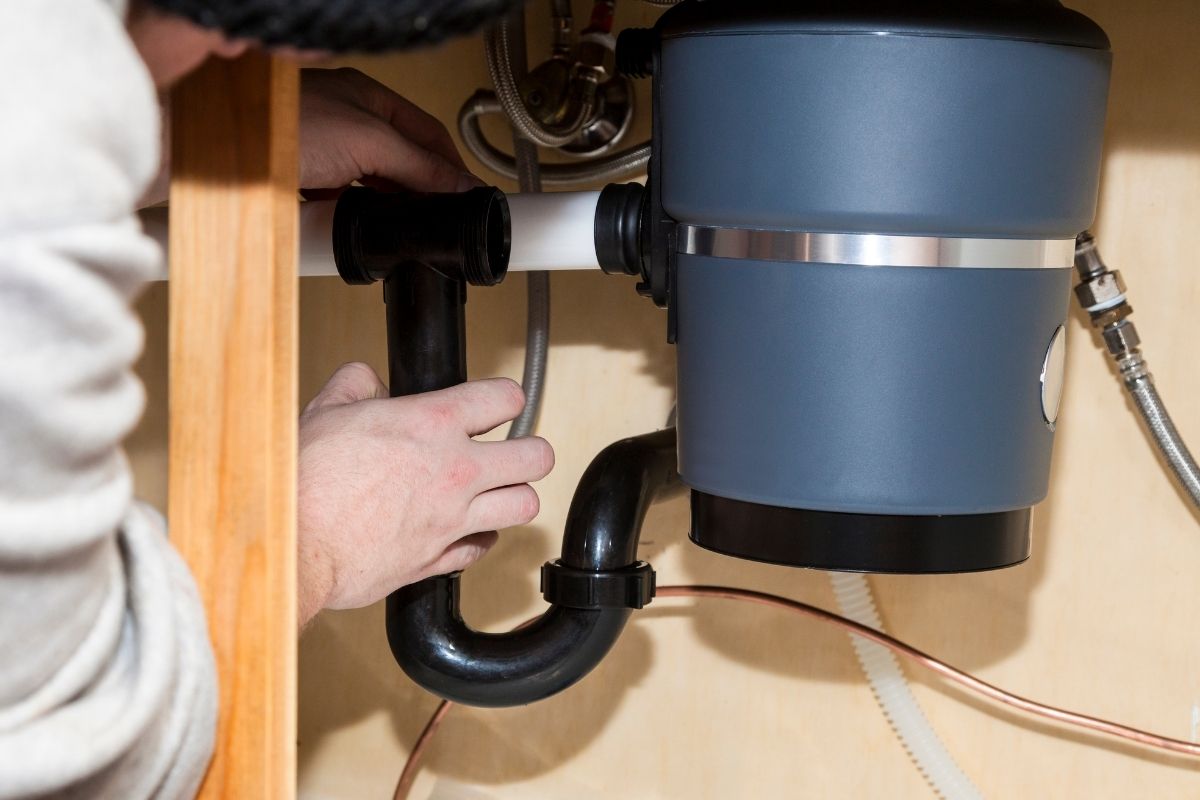
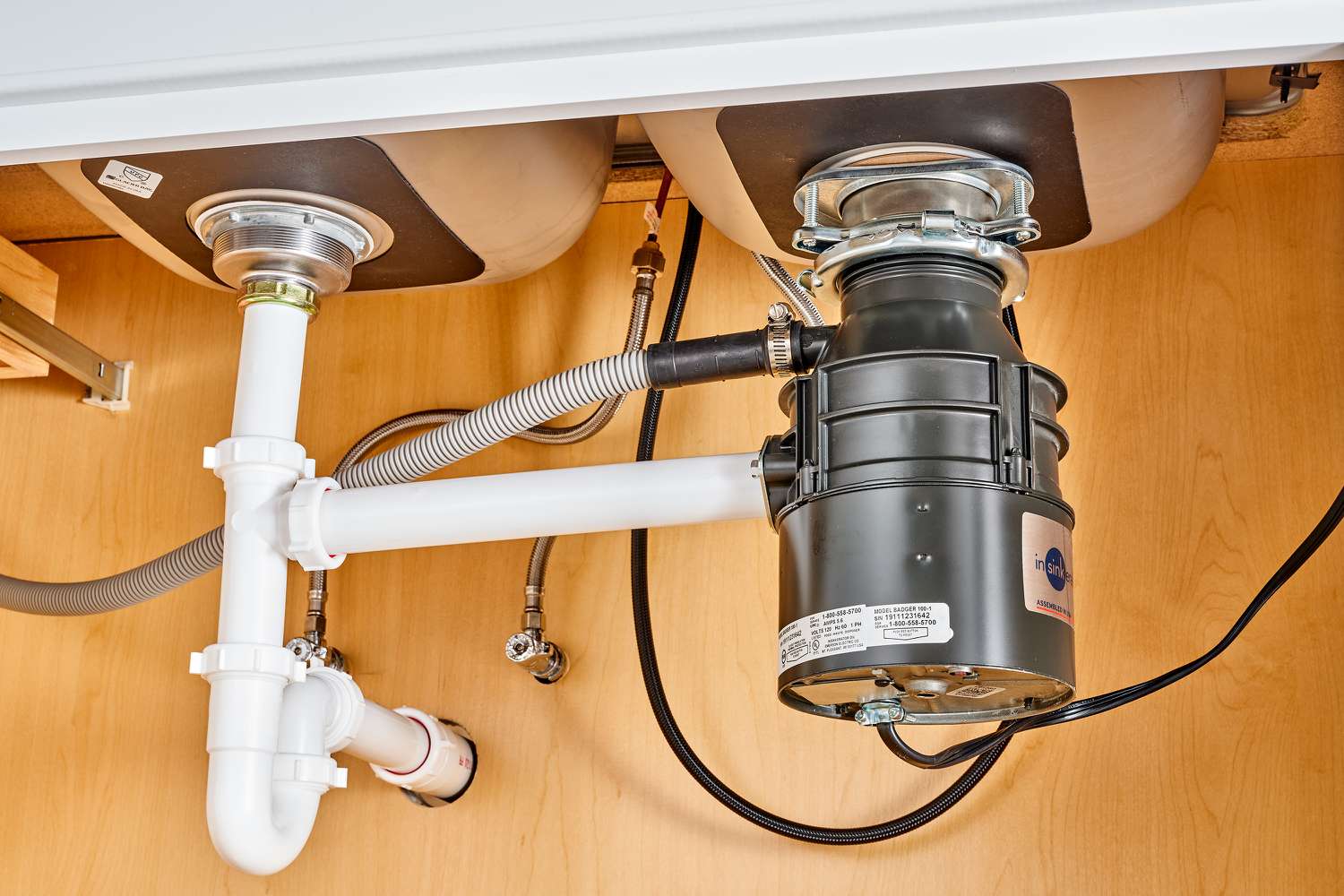
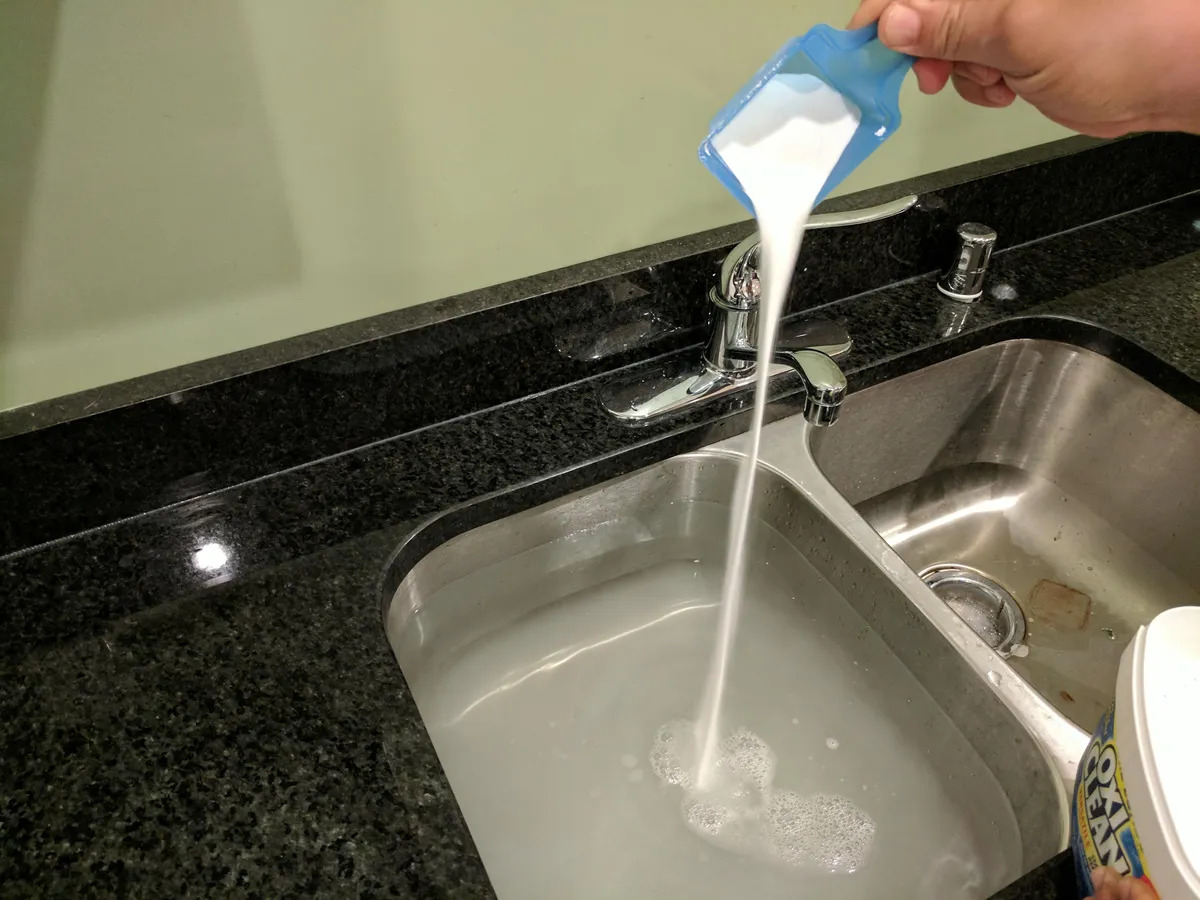
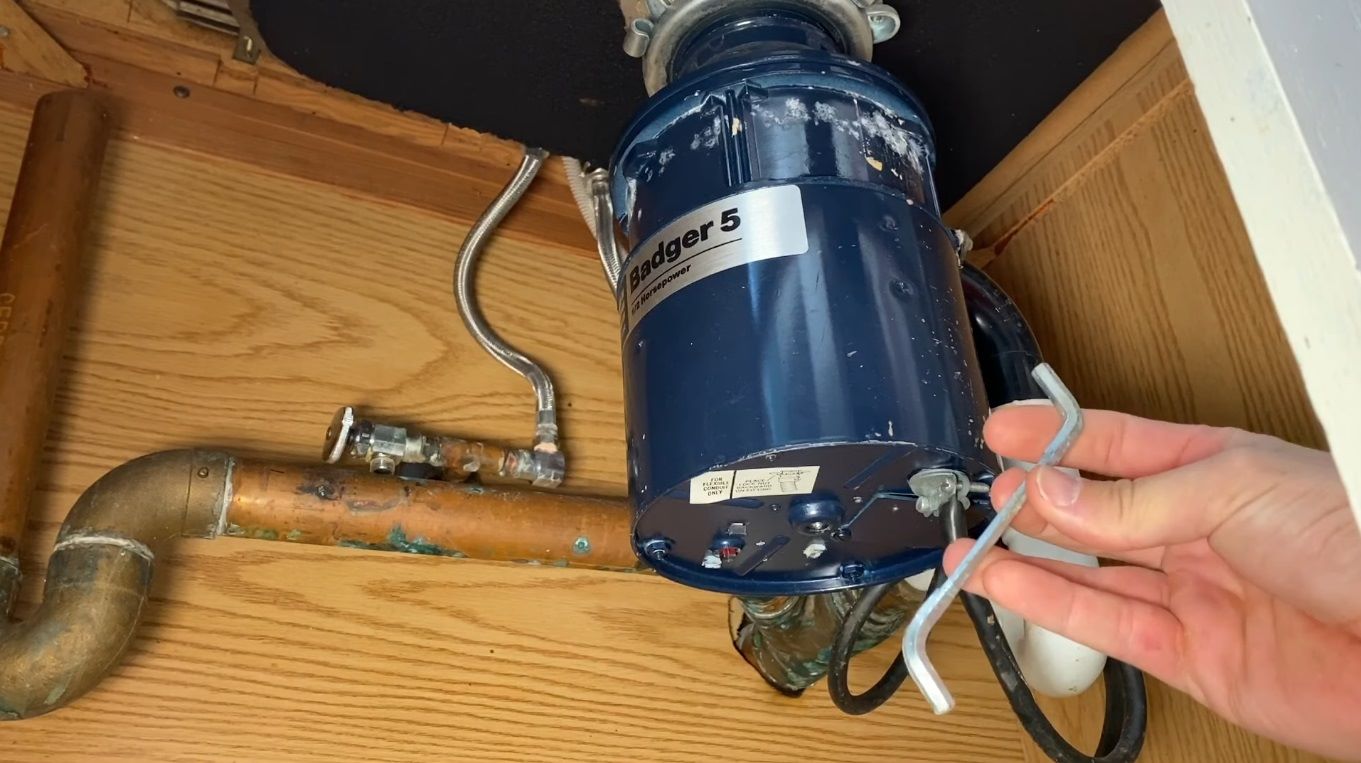
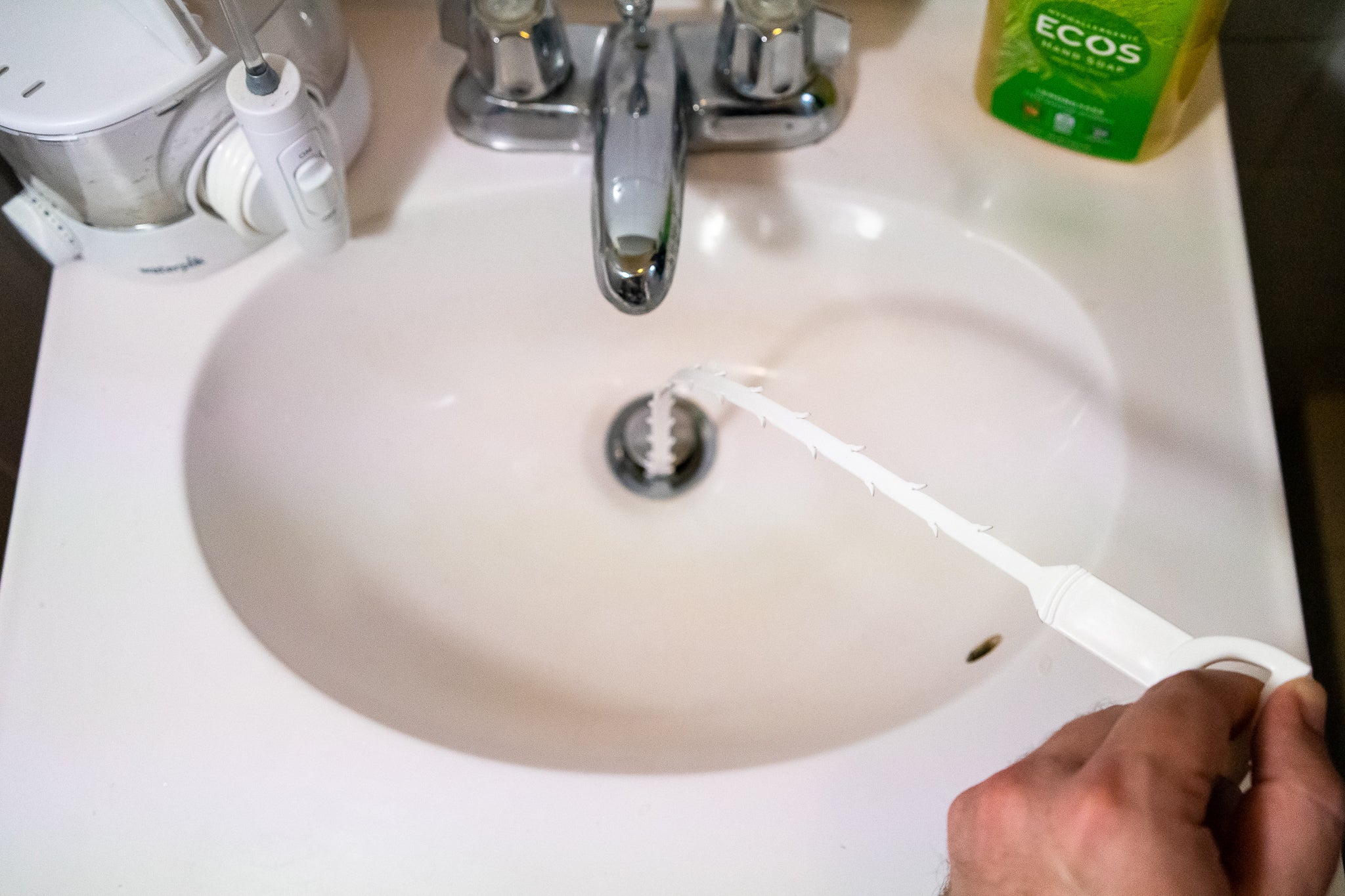
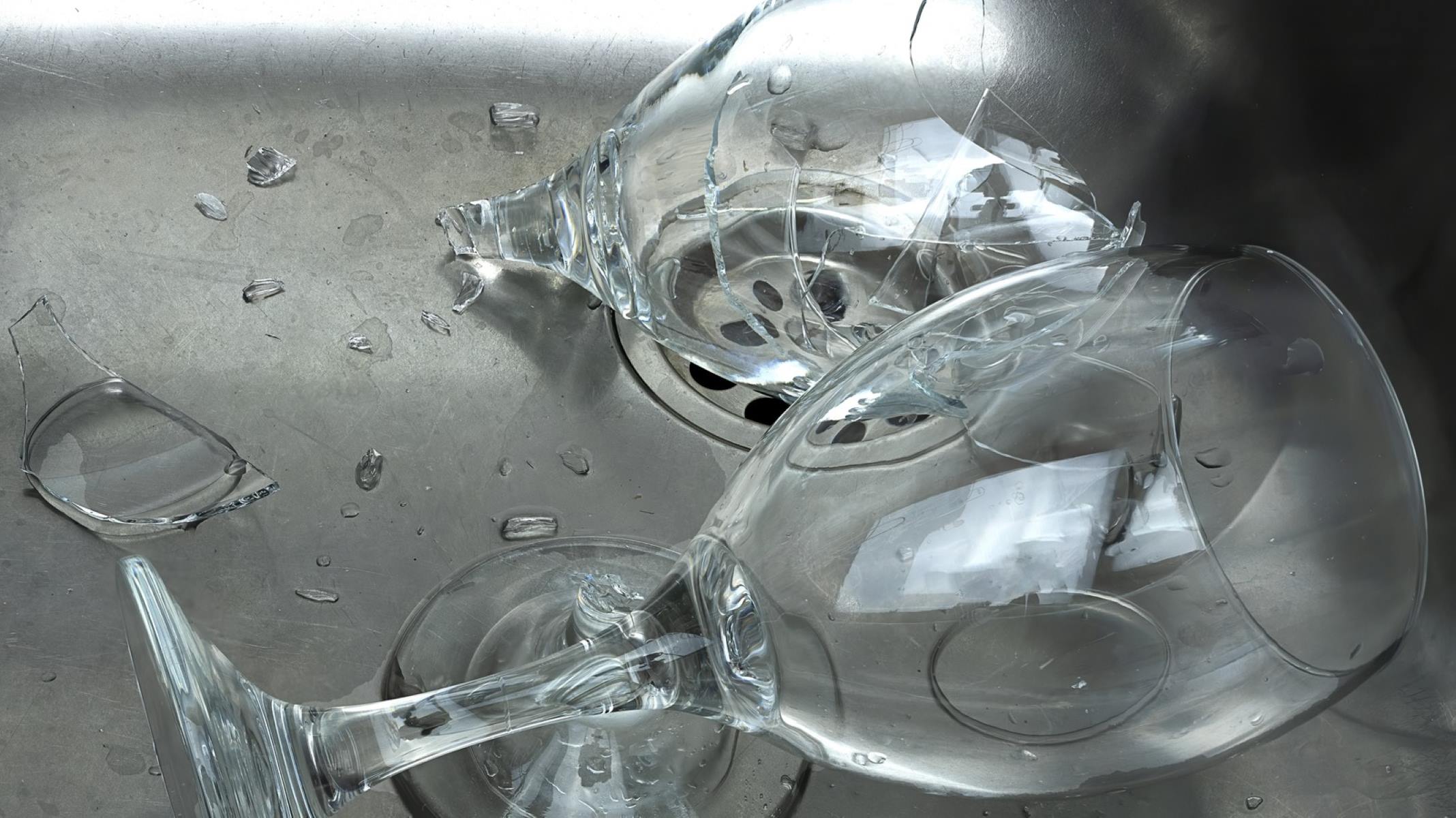
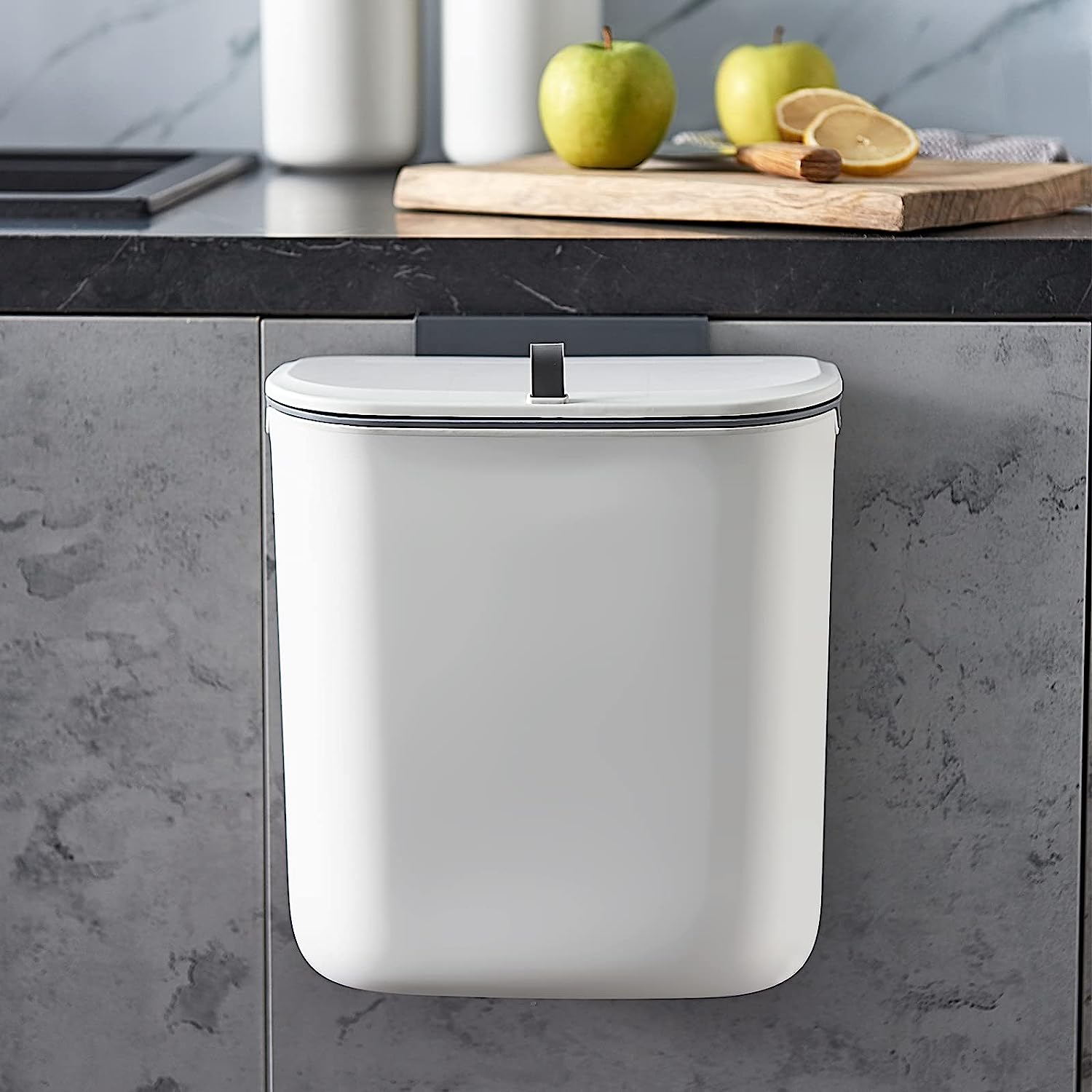
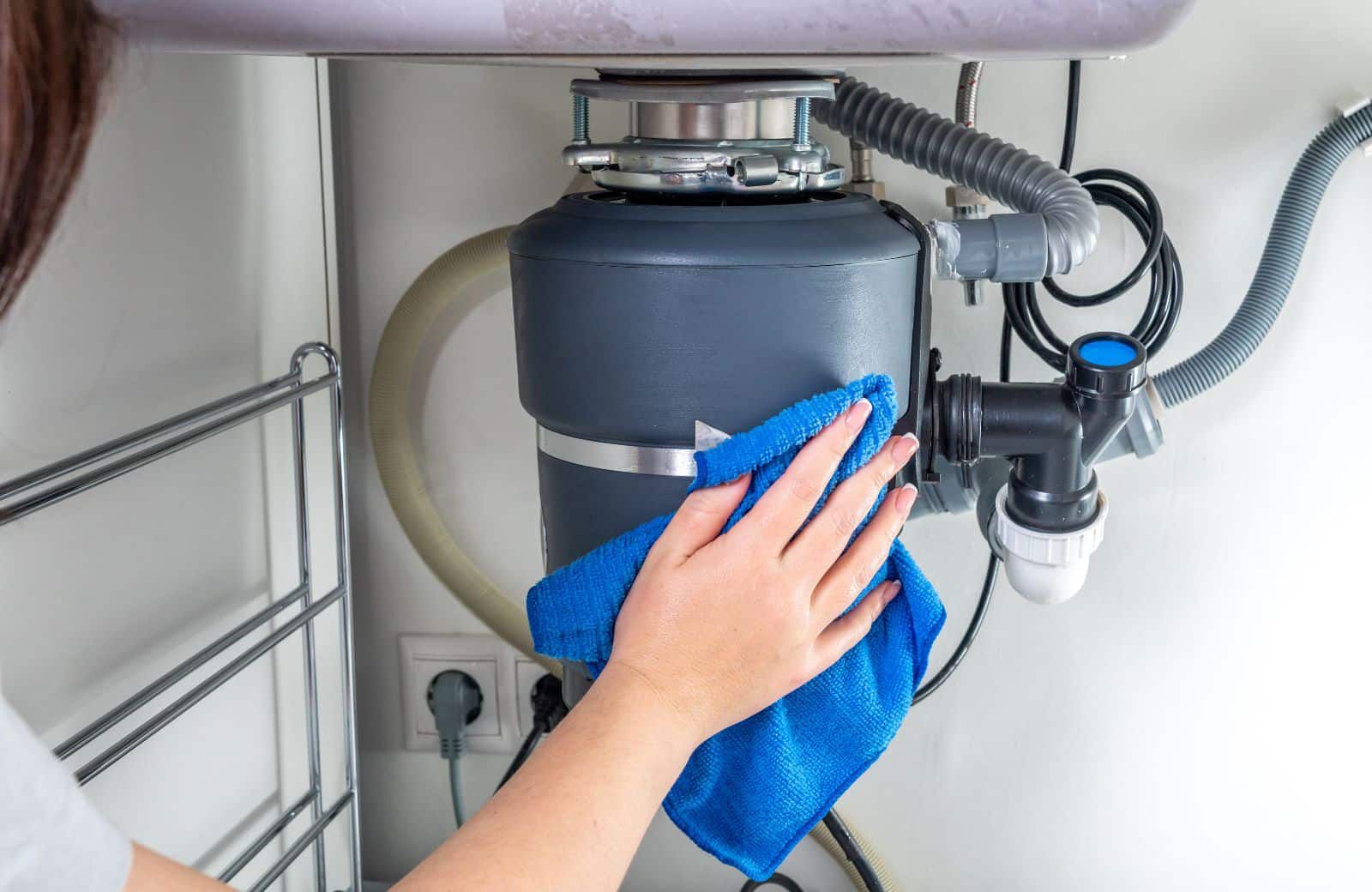
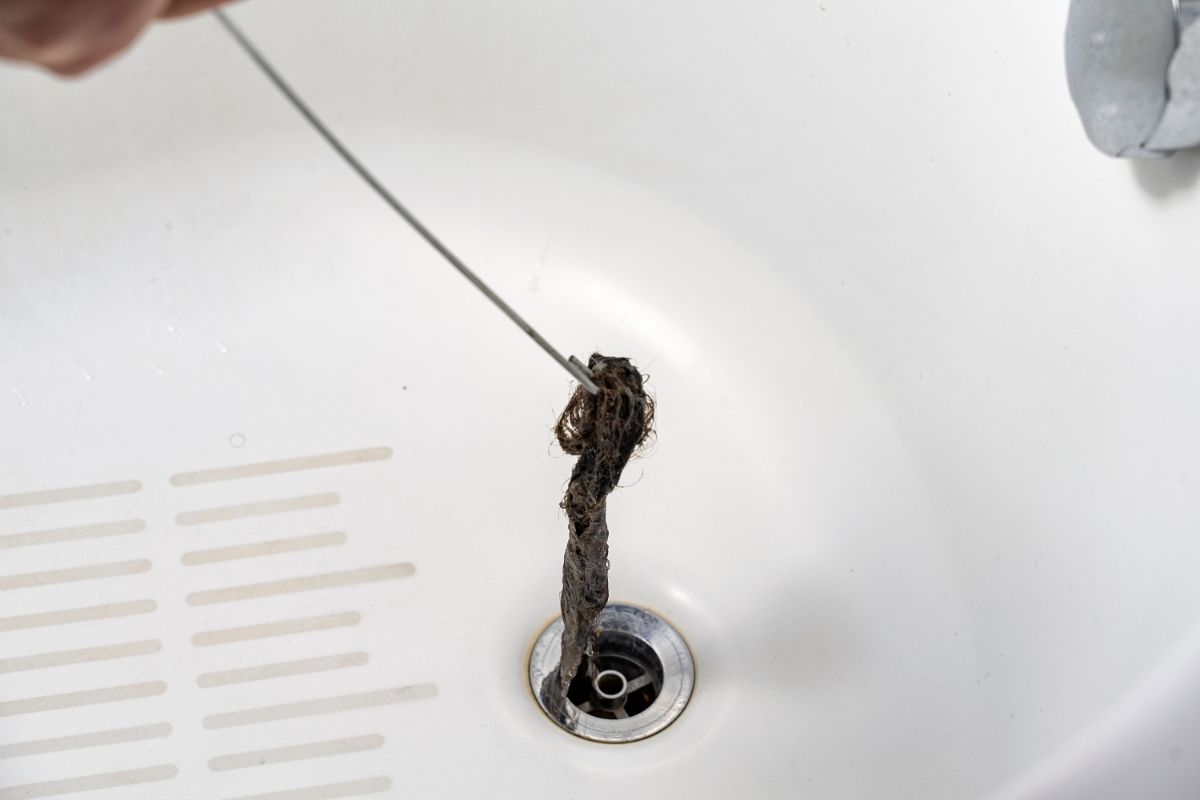
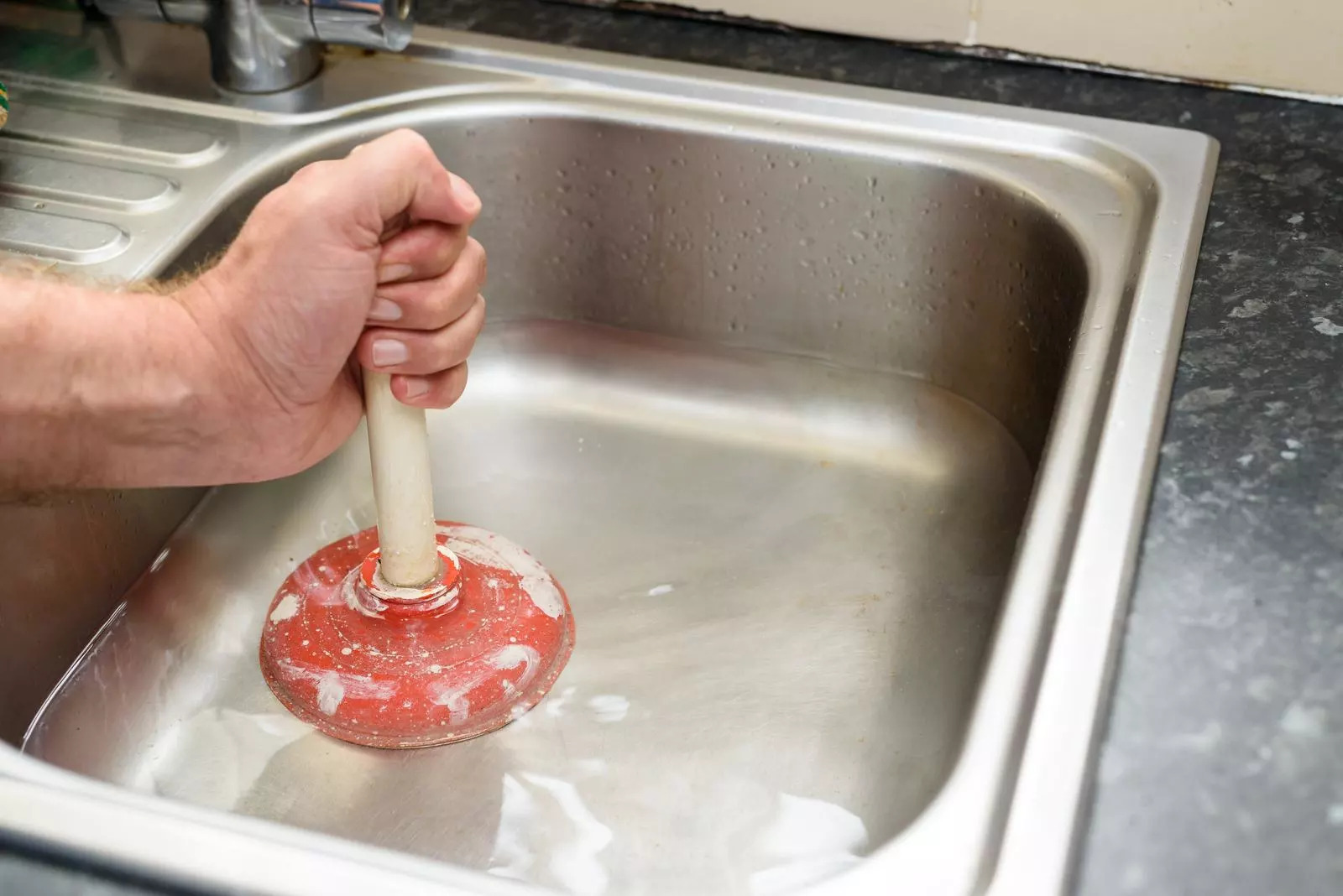

0 thoughts on “How To Unclog Kitchen Sink With Garbage Disposal”